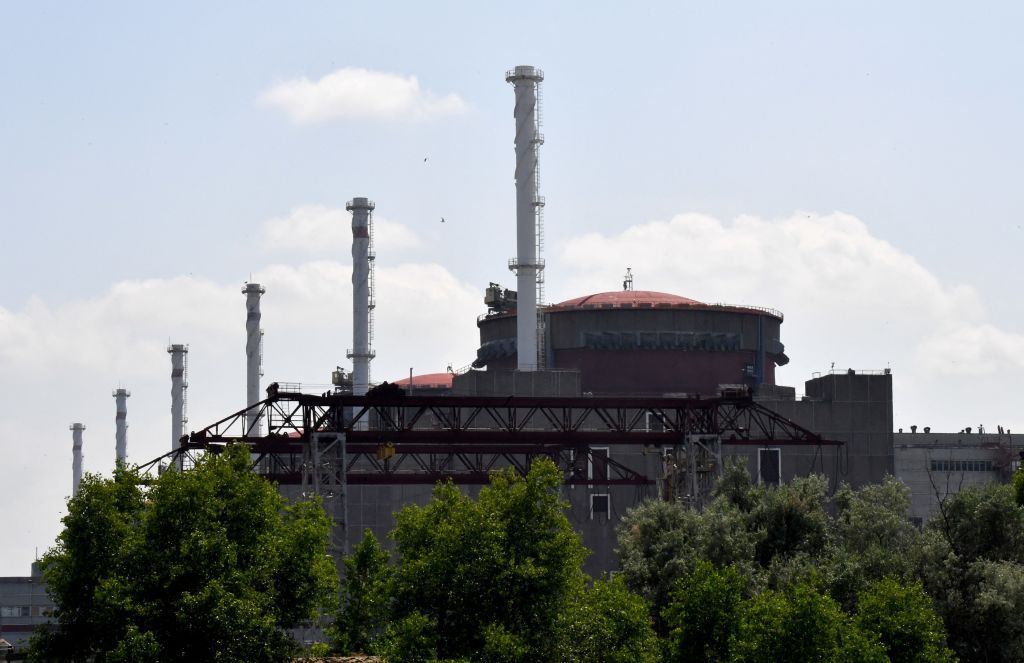The Zaporizhzhia Nuclear Power Plant, the largest nuclear plant in Europe, has been under Russian occupation since March 2022. The International Atomic Energy Agency (IAEA) reported a drone attack on the plant’s training center adjacent to the site, which was consistent with the IAEA team’s observations. Despite the reported explosion, there was no direct threat to nuclear safety at the facility. However, the situation was deemed extremely serious by the organization’s head, Rafael Grossi. The plant has been a target of Russian attacks throughout its occupation, leading to repeated disconnections from the Ukrainian power grid and serving as a platform for launching strikes at nearby Ukrainian settlements.
Following the alleged attacks on the Zaporizhzhia Nuclear Power Plant, Russia claimed that Ukraine was responsible, while Ukraine’s military intelligence agency denied any involvement. Russia has called for a meeting of the IAEA Board of Governors to discuss the alleged attacks, scheduled to take place on April 11. Ukraine’s nuclear energy agency, Energoatom, accused Russia of manipulating the IAEA’s perspective and escalating propaganda to a new level. Energoatom emphasized the need for Russia to withdraw its troops and equipment from the plant, demine nearby territories, and return control of the plant to the agency in order to prevent nuclear and radiation emergencies.
In March, the U.N. nuclear watchdog’s Board of Governors passed a resolution demanding Russia to withdraw from the Zaporizhzhia Nuclear Power Plant. Locals residing near the plant in Russian-occupied territories are living in fear of a potential disaster that could spell the end for their communities. The Kyiv Independent spoke to residents in Enerhodar and nearby settlements, who expressed uncertainty about the future and the safety of their families. With Russian troops occupying the plant, the residents are on edge, not knowing what actions may unfold next or how it will impact their lives.
The situation at the Zaporizhzhia Nuclear Power Plant represents a critical point of contention in the ongoing conflict between Ukraine and Russia. The plant’s occupation by Russian forces has raised concerns about nuclear safety and the potential for a catastrophic event. The IAEA’s presence at the facility has provided some oversight and monitoring, but the recent drone attack has highlighted the continued threats faced by the plant and its surrounding communities. The need for international cooperation and adherence to nuclear safety protocols is crucial to prevent any further escalation of the situation and ensure the protection of civilians in the region.
As tensions escalate and accusations are traded between Ukraine and Russia regarding the attacks on the Zaporizhzhia Nuclear Power Plant, the need for a diplomatic resolution becomes increasingly urgent. The safety and security of the plant, its workers, and the surrounding population are paramount, and any further military actions could have devastating consequences. Both sides must prioritize dialogue and cooperation to prevent a potential nuclear disaster and work towards a peaceful resolution to the conflict. The international community, including the IAEA, plays a key role in monitoring the situation and advocating for nuclear safety measures to be implemented effectively in the region. It is crucial for all parties involved to prioritize the protection of civilian lives and the prevention of a humanitarian crisis in the area surrounding the plant.


